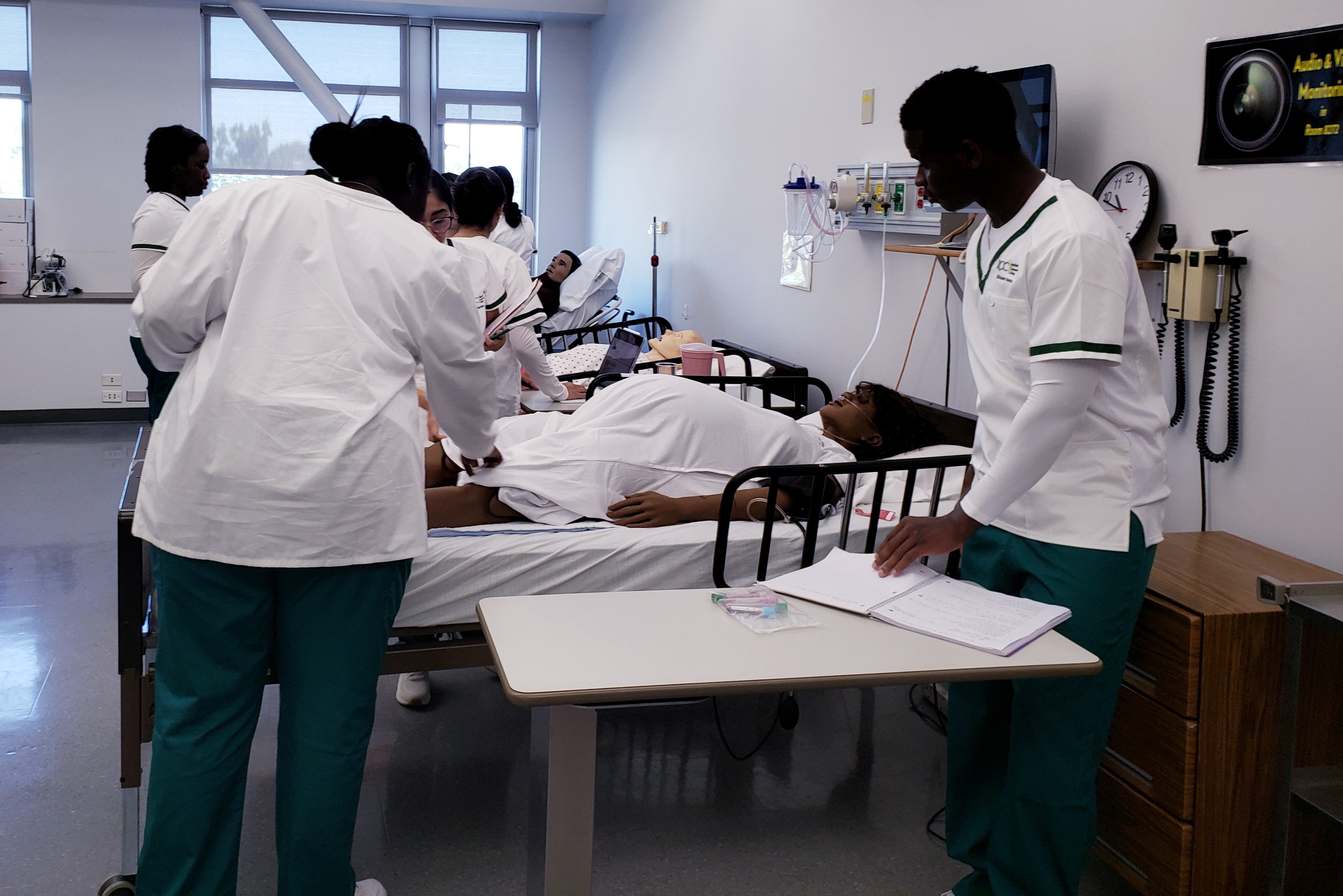

In the early 2000s, the discussion of seeking accreditation, like the larger institutions, began surfacing regularly during our faculty meetings. At that time, our primary motivation for such an undertaking was hoping that accreditation would open the door to federal Pell Grants for our struggling students. Unbeknownst to us, accreditation would bring far more benefits than financial aid alone.
As a small, rural town in South Carolina, with one of the highest unemployment rates in the state, the thought of achieving accreditation seemed ambitious, maybe even unrealistic. We often wondered, Would a large accrediting agency even consider a school as small as the Marion County School of Practical Nursing? We knew we didn’t quite fit the mold of traditional nursing programs. Needless to say, we had many doubts.
Our faculty was small, without the luxury of a large panel to divide and conquer the rigorous standards. Still, we adapted. While trying to work through the accreditation process, faculty meetings began to focus more intently on student assessment methods and outcomes, with a formal system for documenting and sharing minutes. We had always believed in the quality of our work, but the challenge was proving it. Tracking and documenting results annually gave us a clearer picture of our strengths and weaknesses. We could visually see where we could improve, with the goal of maintaining the high pass rates that have long been our pride.
Our testing methods are unconventional, some may even see them as elementary, but they work for the community we serve. Year after year, our outstanding NCLEX-PN pass rates confirm it. In our small-town setting, community input is vital. We expanded our advisory board to include a larger variety from across the community, creating stronger collaborations and broader outreach. Student outcomes have always been outstanding, but with ACEN standards guiding us, we can identify any areas that need attention and address them proactively. Visible seeing the areas that need improvement and making changes gives us the confidence that we can continue to uphold our standards long into the future.
One of the most beneficial areas of accreditation has been the annual program evaluation. This structured assessment process allows us to track goals and outcomes in a more formative and transparent way. One example of this is our thorough analysis of end-of-program student learning outcomes. During the annual program evaluation, faculty began to review in detail how students performed in our core concept areas. Our curriculum is built around these concepts. Tracking ATI scoring data has allowed us to compare our results nationally with other programs and monitor year-to-year fluctuations. Through this process, we identified one area needing improvement, principles of patient teaching and learning. Recognizing this, our nursing faculty made a strategic effort to emphasize the nurse’s role in patient education throughout the program. As a result, we have seen measurable improvement, with students’ scores steadily increasing along with their confidence and competence in delivering patient education.
The experience for faculty of the accreditation process has been invaluable. Even for our small program, increasing faculty involvement has made our program stronger in ways that we didn’t expect. We would like to commend ACEN for embracing our uniqueness and style. They have never made us feel “less than” for our size, location and older building. Instead, their advice has been simple but inspiring: “Tell your story. Just tell us who you are and what you do… Just be you.” And by staying true to who we are, our small school continues to hold and honor that big accreditation.
